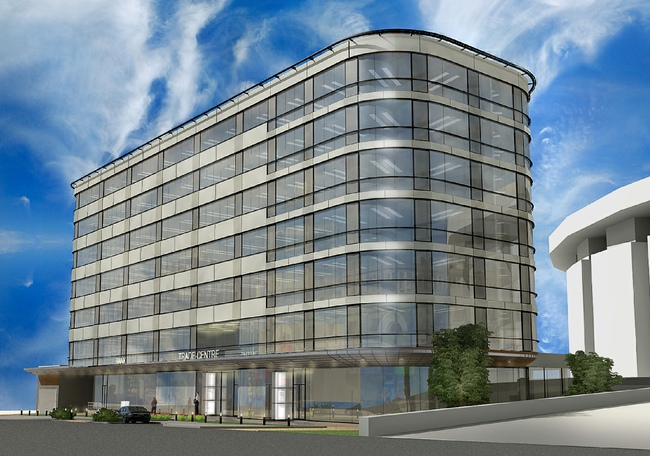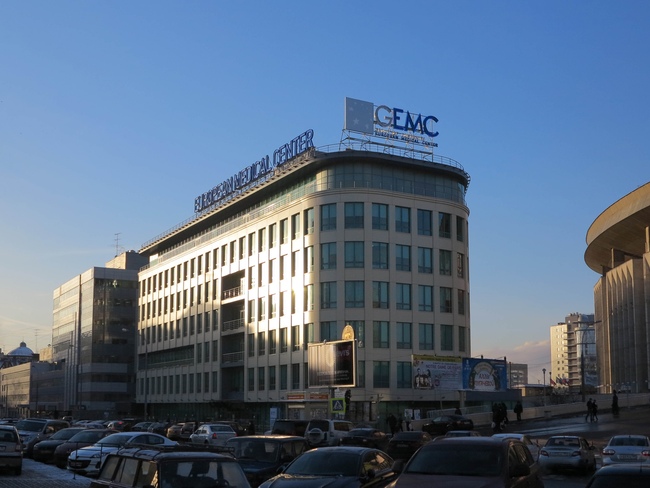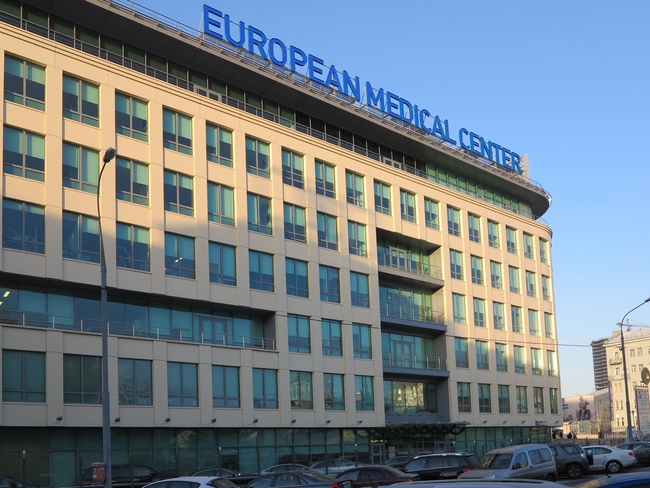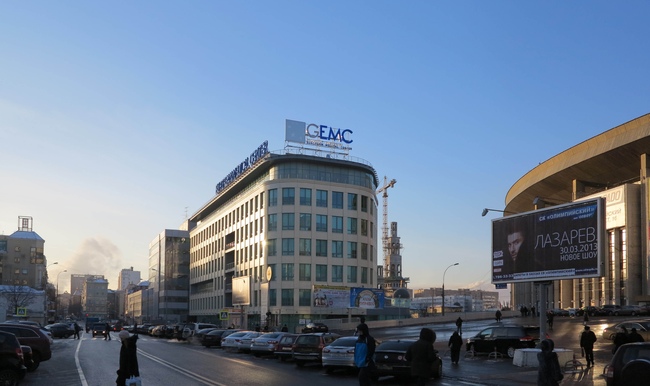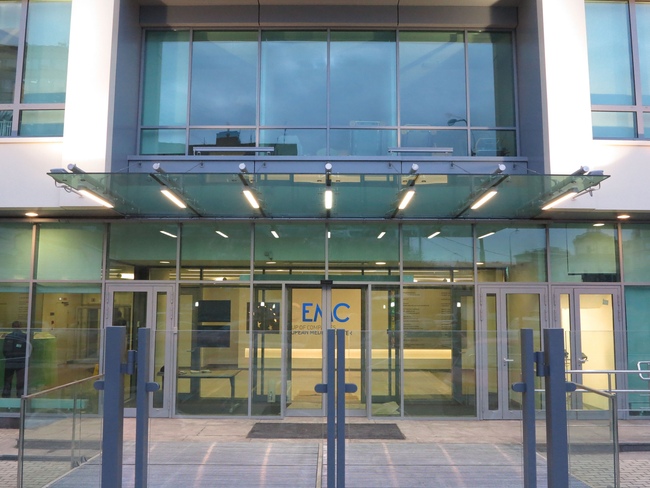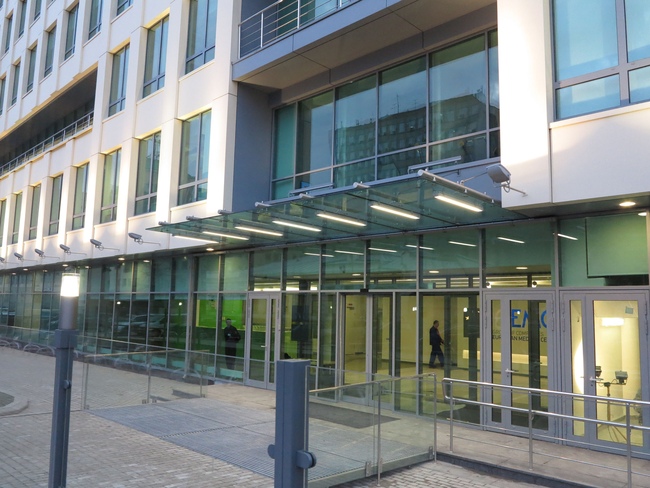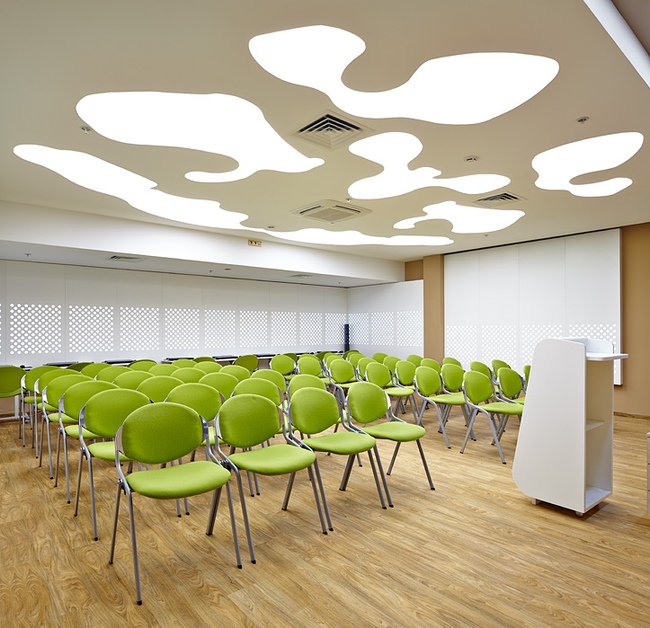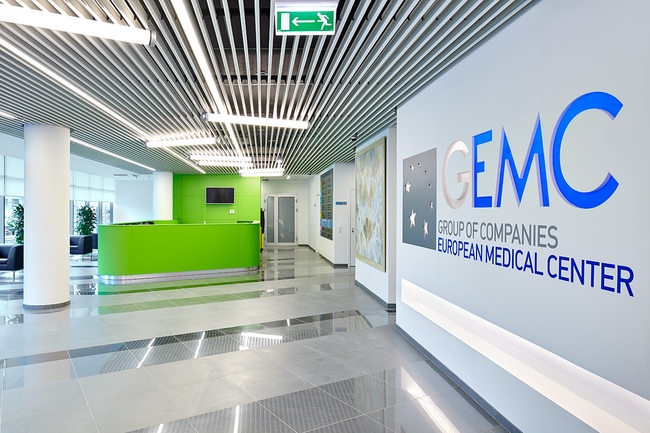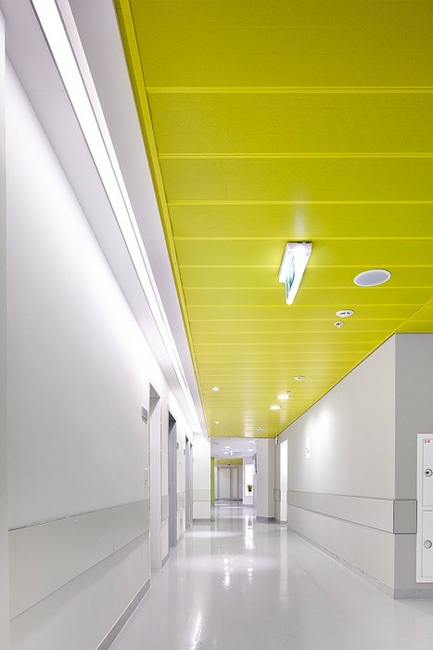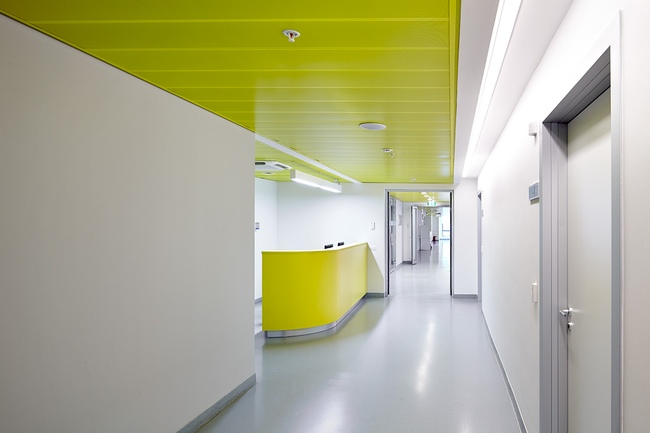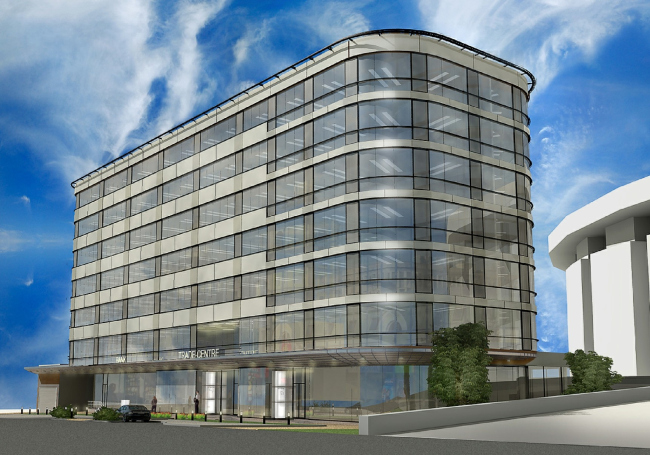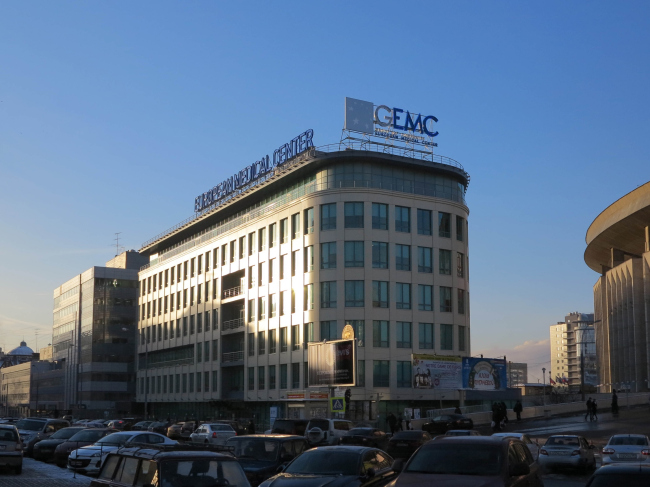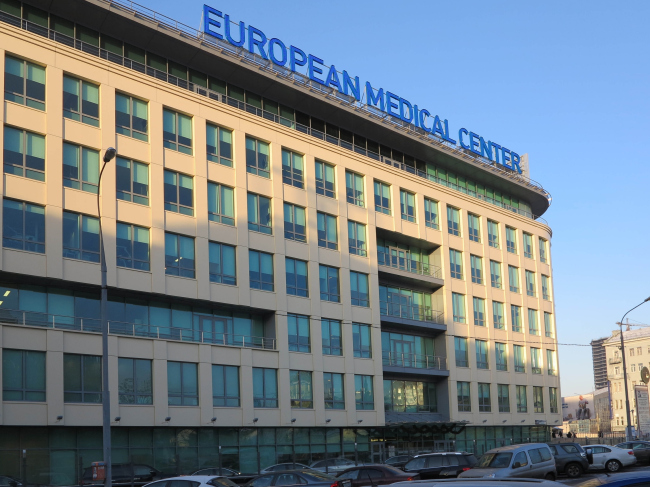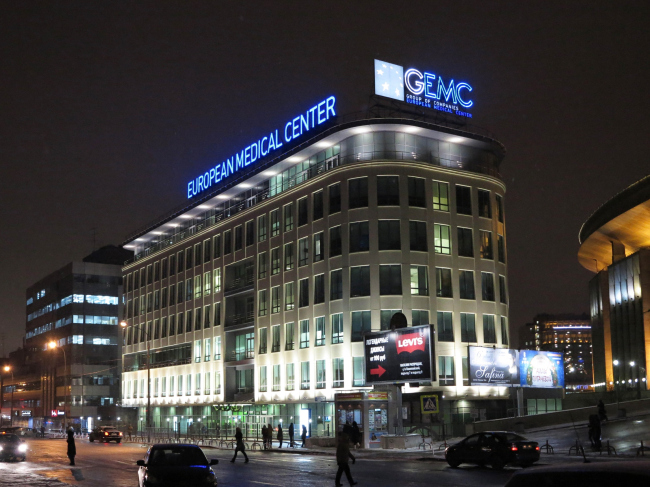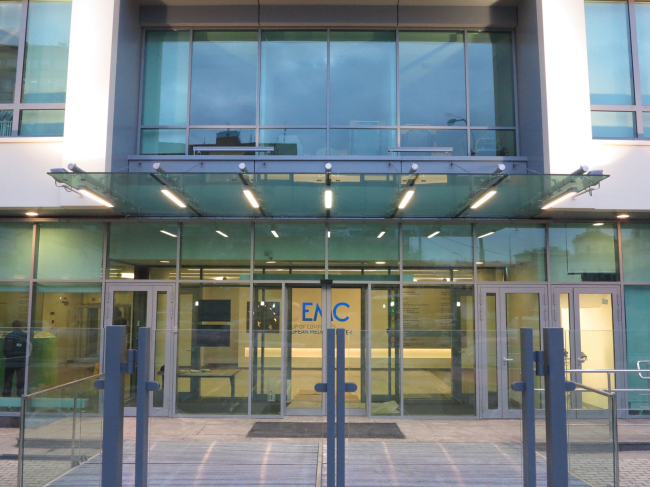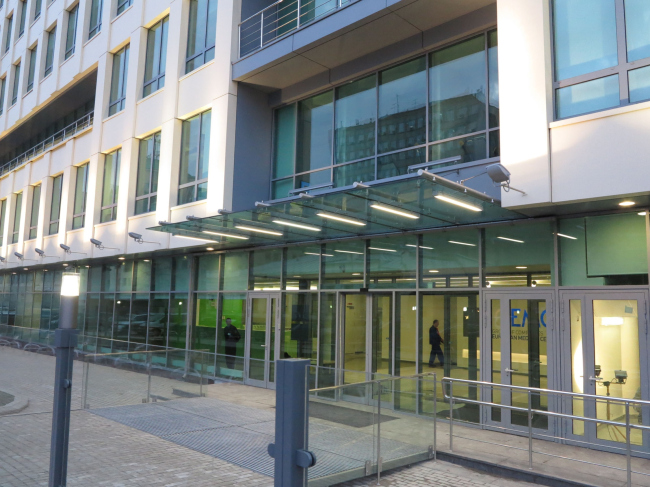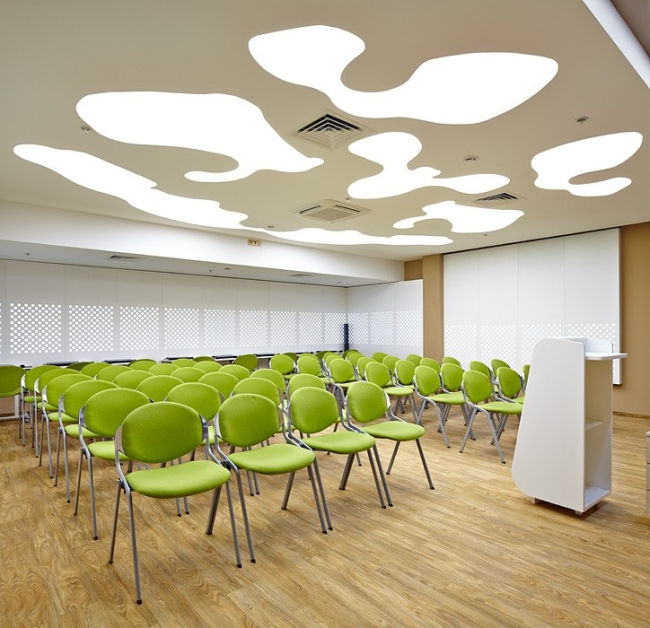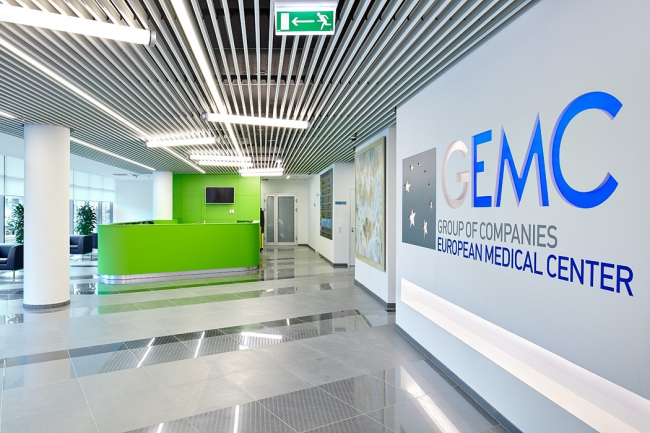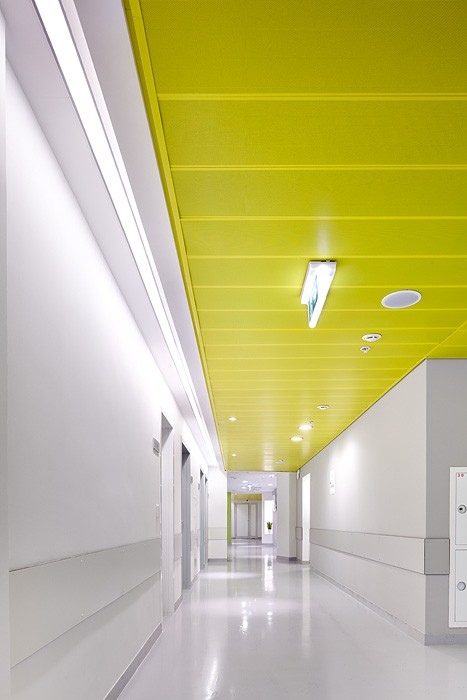|
Published on Archi.ru (https://archi.ru) |
|
| 11.02.2013 | |
|
Compatibility Test |
|
|
Tatyana Anfilova |
|
| Architect: | |
| Boris Levyant | |
| Studio: | |
| ABD architects | |
|
ABD Architects has designed a multifunctional medical center in Shchepkina street in Moscow. A seven-storey building, its front façade
stretching along
The project was launched in 2004 when ABD
architects secured an order to create a conceptual design of a multifunctional
complex. The original plan was to construct a building with offices, shops,
restaurants and banks; the new building gable façade was supposed to fill in
the gap at a small square between the Olympiysky Sports Complex and the
Among other things, the facades changed their
color: the designers used ecru panels to match classical white and yellow color
scheme of the
On the contrary, both the first and the
top floors are made of glass. They differ from the ecru surfaces so that the
checked façade looks like a coat or scarf tightly embracing the glass cube. The
black well-rounded canopy is an eave in its own modernistic way conclusively proving
a modern character of the building though concealed behind a classical form.
One can’t but notice that construction of
this building has much in common with that of the White Square Business Centre at
the Belorusskaya Metro Station which was designed by ABD architects a few years
ago. In both cases daring modernistic projects were made more classical and
respectable thus creating a combination of traditional and modern forms. The feature
both buildings (different in all other aspects) share is an austere façade with
gently rounded corners.
However, the newly transformed project was
about to change even more drastically. The construction of the office center
started in
The designers moved the staircases closer
to the façades but this desperate measure proved to be good for the building.
Broken lines of the staircases in fact improved the design instead of ruining
it. And though the top floor windows in operating rooms were tinted, the
transparent walls of the first floor actually eliminate the distinction between
the outside and a spacious hall with designer furniture and bright logos.
The interior of the medical center was
designed by Interiors Department of ABD architects, chief architect being Maria
Korneeva who was experienced in creating interiors for medical centers (for
example, Clinic 31). Traditional white color scheme seen in most hospitals was
enriched by different color and light accents. The entrance zone is dominated
by a bright-green reception desk while the ceilings in long corridors are
painted optimistic yellow. The corridors seem to be lit not by the ceiling
lamps hidden in a niche but the white walls reflecting the light.
The special feature of the project is a unique lighting
design of the room of emotional and psychological relief. It is located at the
ground level so it has no windows. To compensate for the lack of natural light,
the architects designed special wall lighting behind custom-made panels. On the
ceiling there are some built-in lighting spots in the form of various blots
which not only allude to the famous Rorschach inkblot test but also light the
room and make it surprisingly spacious and cozy.
NoneNoneNoneNoneNoneNoneNoneNoneNoneNoneNone |
|
